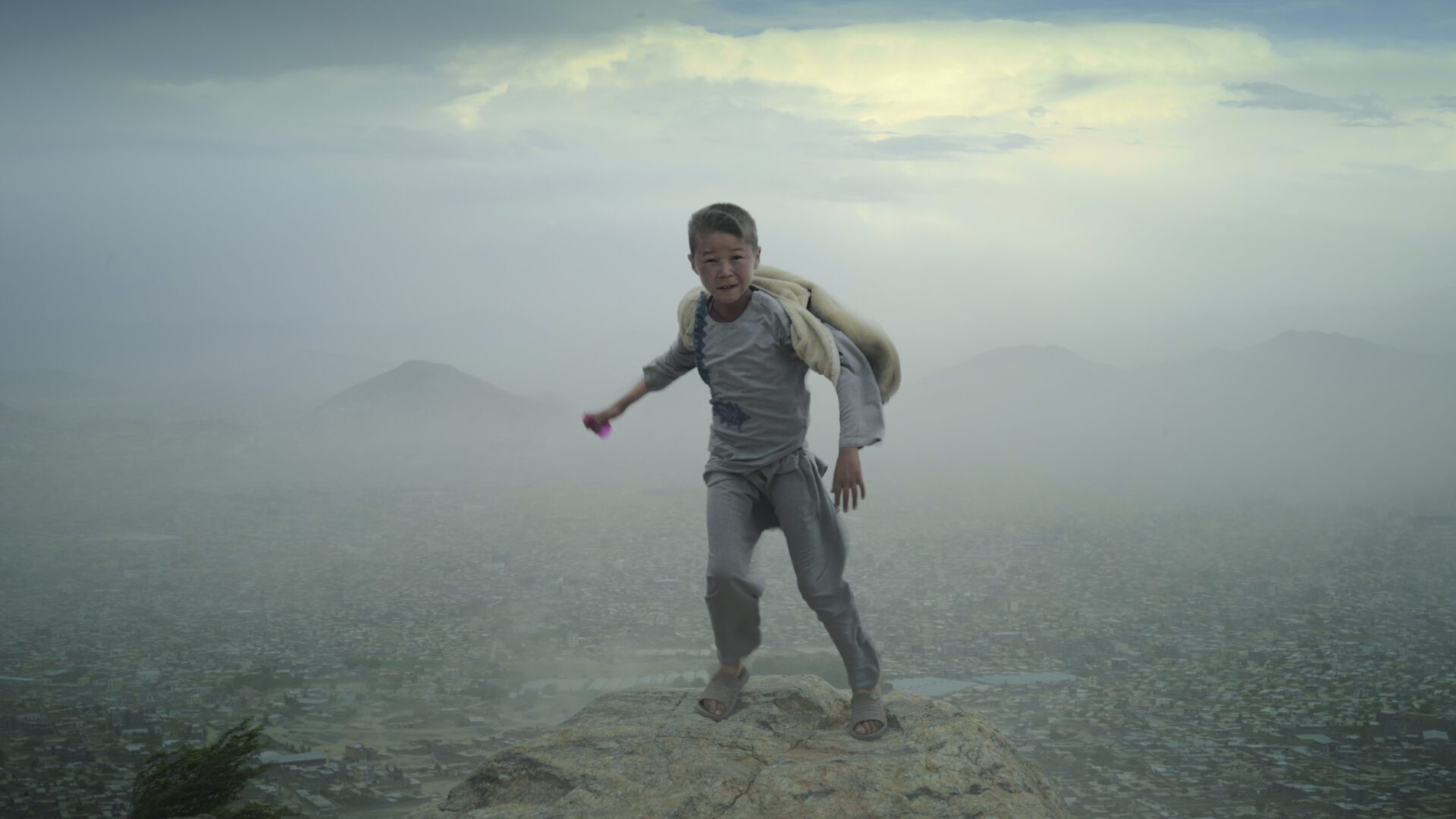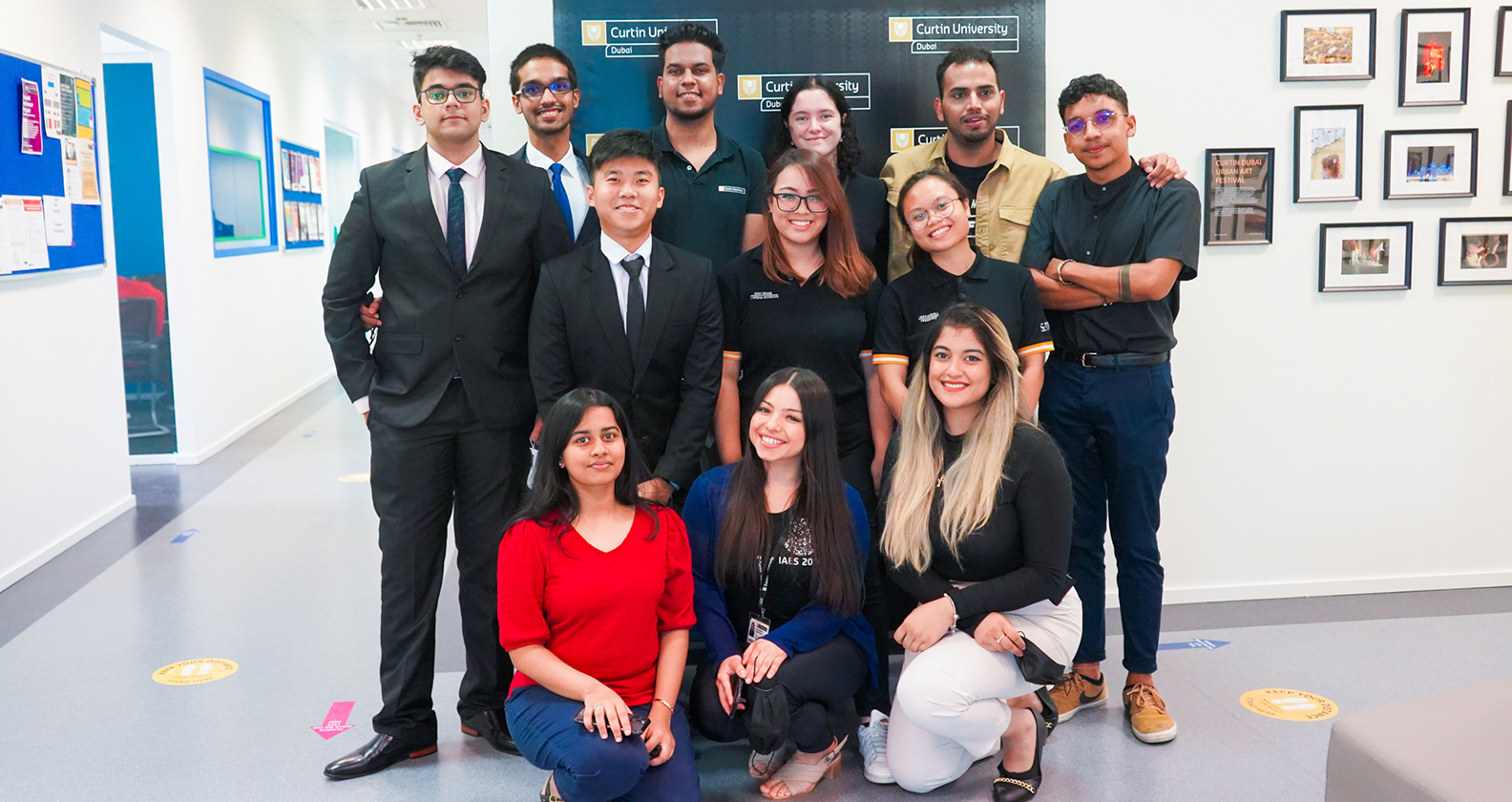Advancing the treatment of chronic wounds is essential for all Australians

The national wound burden in Australia is unknown, however, 433,000 Australians are estimated to suffer from a chronic wound at any time, costing the healthcare system more than $2.85 billion annually1.
Chronic wounds, unlike acute wounds, do not heal in an orderly and timely manner. Examples of chronic wounds include leg ulcers, diabetic foot ulcers and pressure injuries.
Chronic wounds are more likely to affect the elderly, and as the number and proportion of older Australians continues to grow, the prevalence and incidence of chronic wounds in Australia will also increase.2
In late 2006, Professor Keryln Carville, Dr Jenny Prentice, Professor Nick Santamaria and colleagues from Curtin University’s School of Nursing, Midwifery and Paramedicine recognised the need for WA clinicians to have access to holistic, evidence-based advice and education for the prediction, prevention and management of wounds.
In 2007, they founded a partnership between Curtin, Silver Chain Group and the WA Department of Health to implement a number of initiatives to improve wound practices and outcomes in WA. One of these initiatives was the establishment of WoundsWest, which provided remote consultation for wound prevention and management, scoped the burden of wounds in WA and provided clinicians access to an online wound education program.
WoundWest’s online education program was available online free of charge to any clinician in Australia and around the world, and international clinicians made up a significant number of participants. It provided evidence-based practices of wound assessment and management for various chronic and acute wounds including pressure injuries, burns, malignant wounds, foot and leg ulcers, and skin tears. It also contained an Aboriginal Health Worker module to meet the needs of Aboriginal health workers or other health professionals working in remote or rural Aboriginal communities.
Chronic wounds: a silent epidemic
- Every three hours, one Australian loses a lower limb as a direct result of a diabetes-related foot disease.
- Up to 70% of chronic leg ulcers will recur in some patients for 15 years or more.
-
Pressure injuries are the most common wound type, comprising 84% of chronic wounds in hospital and residential care settings.
As well as educating clinicians through its online program, WoundsWest aimed to scope the burden of wounds in WA. Between 2007 and 2011, WoundsWest conducted a statewide prevalence survey across all WA public hospitals. The research provided a rich source of data and constituted the largest survey of wounds in the world at the time.3
In particular, the survey identified that major wound issues existed in regards to potentially preventable pressure injuries (PI).
To reduce the prevelance of PI, WoundsWest implemented a number of state-wide strategies for public hospitals. These included mandatory PI training for all clinical staff; the promotion of the Pan Pacific Clinical Practice Guideline for the Prevention and Management of Pressure Injury; a training video on the correct use of PI-relieving devices; an information video on PI prevention for patients, families and carers; and PI incidence monitoring and random PI audits in selected hospital sites.
These strategies informed the National Safety and Quality Healthcare Service Standards (NSQHSS) from September 2011. All Australian health services must meet NSQHSS standards to acquire accreditation, demonstrating WoundsWest’s impact at that time on clinical and public health in Australia.
The WoundsWest survey also provided extensive data on the prevelance of skin tears. In 2011, Curtin University and Silver Chain began a collaborative clinical trial into skin tears, which had significant economic and therapeutic impact on skin tear prevention and management outcomes for elderly Australians.
Partnering with Bethanie Healthcare WA, Professor Carville and Professor Gavin Leslie completed a randomised controlled trial across 14 aged care facilities in WA.
The results of the trial showed the twice daily application of moisturiser to the extremities of aged care residents resulted in a 50 per cent reduction in skin tears.
Funded by the Wound Management Innovation Cooperative Research Centre (WMI CRC), the trial also found it cost just 91c per day for moisturiser and nursing time to apply the treatment. This low-cost, efficient strategy was adopted by all Bethanie Group residential aged care facilities at the trial’s conclusion. The research findings were launched at a WMI CRC national campaign at Parliament House in December 2013 with the aim to further reduce costs in healthcare and prevent skin tears occurring in aged care residents.
WoundsWest is now a part of the WMI CRC, who will continue to provide wound advisory services and education to the wound management community Australia-wide.
1 “The Major Challenge”. Wound CRC. 2017.
2 Pacellea, Dr Rosana. “Issue Paper: Chronic Wounds in Australia.” Australian Centre for Health Services Innovation. July 2017.
3 Leslie, Professor Gavin. Personal interview. 23 March 2018.



